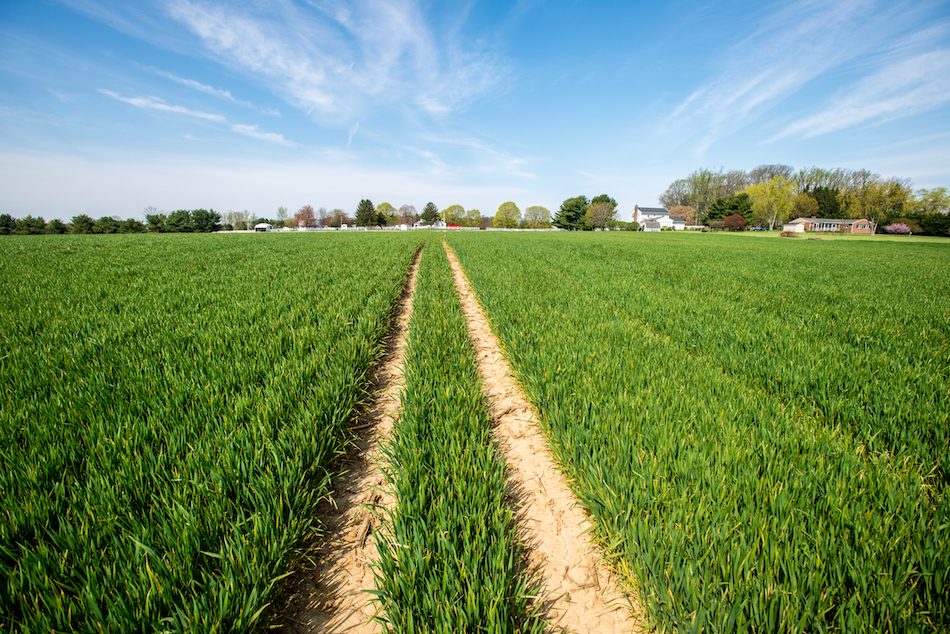Q: What's the difference between forage rye and ryegrass? Annual ryegrass and Italian ryegrass?
A: The words "rye" and "ryegrass" cause much confusion, according to Bruce Anderson, University of Nebraska Extension Forage Specialist. Rye typically refers to the cereal or small grain plant. As a forage, it can produce high tonnage but is relatively coarse and less palatable than some other forages. Like wheat, rye varieties can be either winter ryes or spring ryes. The more common winter varieties stay short and leafy during fall, but survive winter. Then in spring they grow rapidly and can be grazed, cut for hay, chopped as silage, or produce grain. If spring types are planted in the fall, they grow tall, similar to oats, and then die over winter.
In contrast, ryegrass is a very palatable, high quality grass. There are several types of ryegrass with variety differences within each type. For example, perennial ryegrass produces high quality pasture but only lasts for a few years under most Nebraska conditions.
Perhaps the biggest confusion comes with annual ryegrass and Italian ryegrass. Technically, they refer to the same plants but in the forage world they have acquired different meanings. Annual ryegrass refers to varieties that are used for turf or as winter and spring forage in the Gulf-state region. Fall plantings in Nebraska grow rapidly, produce good late-fall grazing, and usually but not always die over winter. Italian ryegrass, however, is more like a biennial and produces mostly leaves while growing throughout summer and fall if moisture is available. Many Italian ryegrass varieties survive winter and then produce seedheads the following spring.
To ensure you get the seed you need, be sure to carefully describe to your seeds seller when you want to plant and how you want to use your grass. Then they can help you get the right kind of rye or ryegrass.





Post a comment
Report Abusive Comment